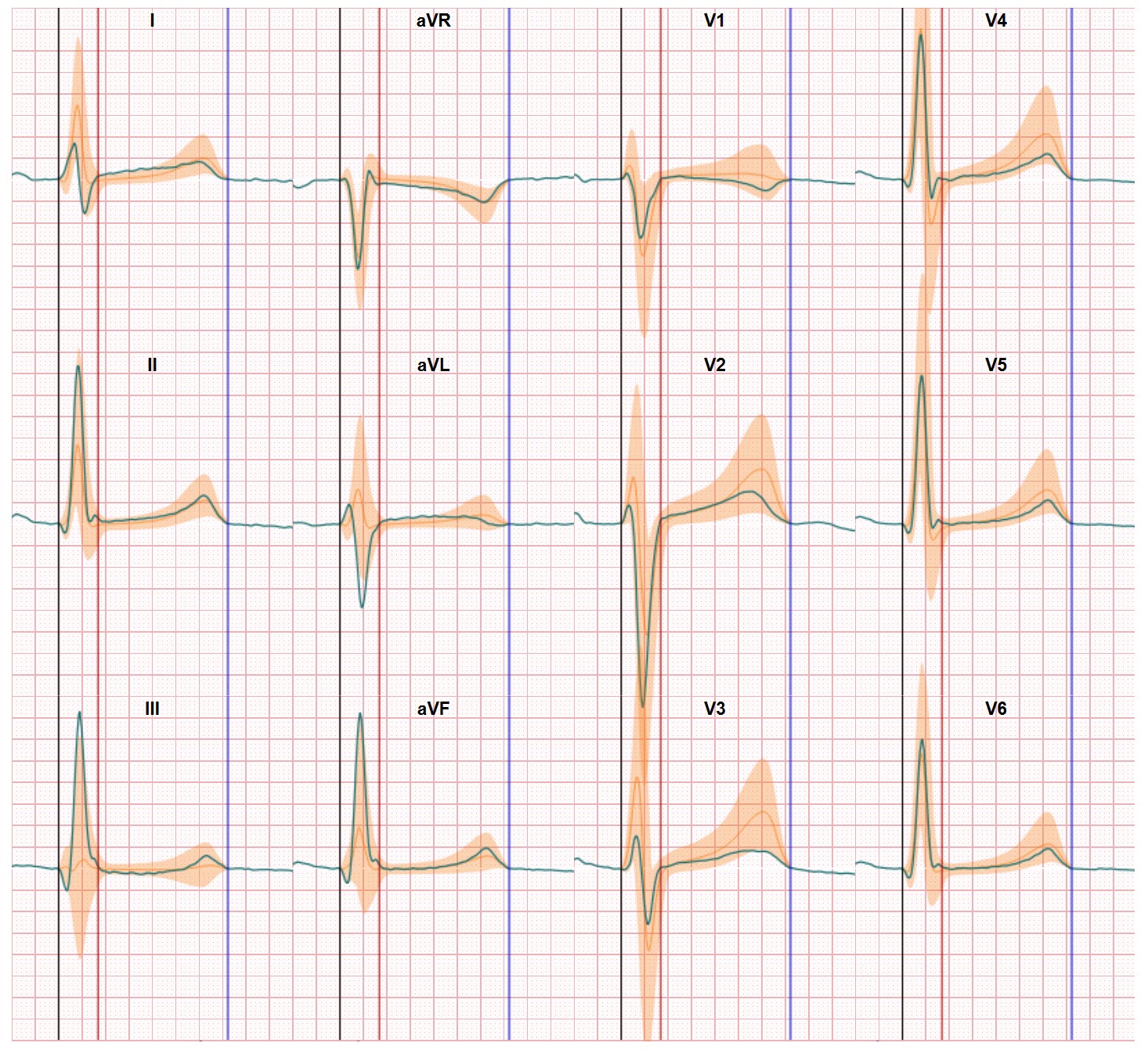Today the need for healthcare cost reductions from ECG is increasing fast. In a recent interview with cardiovascularbusiness.com the executive medical director for the Kansas City Heart Rhythm Institute at HCA Midwest Health Dr Lakkireddy MD explained the devastating impact of Medicare cuts on electrophysiology and patient care.
Dr. Lakkireddy gives a big warning that the way arrhythmias are taken care of in the USA is being threatened by cost cuts over 35%.
In the USA there are only about 1500 electrophysiologists who are able to execute complex ablation procedures. And given the volume of new EP professionals entering the profession each year the overall is not expected to grow at this moment.
But the aging population is in parallel increasing the need for electrophysiologists interventions such as ablations and implanting pacemakers and CRT devices.
Several cardiology societies have recently joined other medical societies in supporting the American Medical Association in warning the US Congres for the impact of the planned Medicare budget cuts. And they also ask to support the development of long-term sustainable solutions in the public funded care system.
This problem is not an isolated USA problem. All over the world we notice an increasing pressure on the productivity of cardiologists. Next to budget limitations staff shortage is another driver of the need to do more with less.
As a result we also see an increase in investments in high tech technology which can support the activities of electrophysiologists and has the option to increase their productivity. But may also require an additional team of technicians to support the process. Surely there must be other solutions.
A fresh look at the ECG opens the door to healthcare cost reductions from ECG
As a team focused on improving the clinical value of the classic non-invasive, rapid and low-cost Electrocardiogram we think a new approach to cost cutting in the cardiology practice is available. There’s much more to see in the ECG and we have already proven it. With 12-lead ECG it is already possible to reconstruct digital heart activation models which near the quality of invasive mapping solutions. With 12-lead ECG it is already possible to support CRT patient selection and to reduce the volume of CRT non-response and thus save EP time. With 12-lead ECG it is possible to identify early stage heart morphology disorders and reduce the level of over-diagnosis. As a team we are collaborating with a growing group of cardiology experts and making progress in turning these concepts into daily clinical practice. If you want to learn more, drop us a line. Healthcare cost reductions from ECG are not a fairy tale but feasible.






